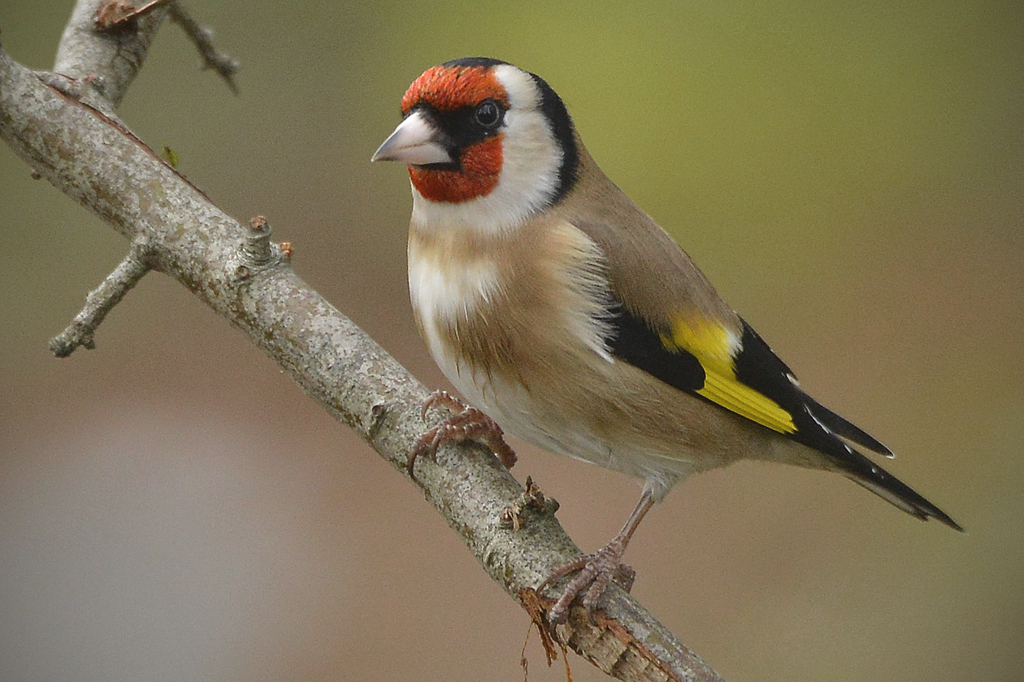
Yes, it’s called the Big Garden Birdwatch, but you don’t have to have a garden to join in, so please do! Nearly everyone can take part if they want to: in a park, on a walk somewhere – especially a place where there are trees and hedges, or in a supermarket car park: anywhere there are birds. It’s free, it only takes an hour; you can sit comfortably at your window, or in the car, with a cup of coffee, and by concentrating just on the birds you see around you, you’ll probably become aware of some species you normally don’t even notice. It’s fun, but it’s also useful: any ‘results’ you can send to the RSPB (Royal Society for Protection of Birds) will be counted and will contribute to this huge ‘citizen science’ project. Anna Andrews explains:
The Big Garden Birdwatch takes place on the last weekend of January every year and has been running since 1979. It was the brainchild of Peter Holden, a member of the RSPB’s Education Department. He suggested to the then-editor of BBC TV’s Blue Peter that children could “look out of their windows at the same time and count the birds”, to help produce a ‘UK Garden Bird Top Ten’. It was hugely successful and although adults (officially) couldn’t take part until 2001, last year over a million people joined the ‘survey’.
To make sure the results of the survey are as reliable as possible, the idea is that the nationwide count takes place during the same weekend; you count the greatest number of each kind of bird which you see at one time, and you’re not ‘allowed’ to count birds which you only see flying over. So if, for example, you’re in a park, and there are some birds pecking around on the grass, if the highest number of sparrows you see at one time is five, that’s the number you record. If you have a bird feeder hung up and the highest number of goldfinches on it at the same time is ten, that’s the number you record.
If you’re not sure how to identify any birds you see, there are lots of easy-to-use resources. Many of them of course these days are ‘apps’, so you can check there and then what you’re seeing. The RSPB website has a quick guide (which you can download if you wish), showing pictures of the most common birds – but if you see something which doesn’t seem to match any of those, there’s an ‘Identify a bird’ section on the website.
Send in your results as soon as you can (although the Birdwatch is so popular that the website sometimes gets extremely busy, so you may have to return to it later). If you prefer to use the post and have access to a printer, you can print and fill in the downloadable pdf from the “How to take part” section on the RSPB website. The address is on the form and you can post it free.
The Birdwatch is great fun – don’t be disheartened if you don’t think your results are ‘good’ enough – it’s the largest ‘citizen science’ survey in the world, and every result helps to add up to a picture of how birds are managing to withstand all the pressures we humans are imposing on them. It helps experts see if there are species in particular trouble, which can lead in turn to dedicated projects to help them survive and breed successfully; it can also lead to findings that there are some species which are actually thriving despite all the obstacles of climate change, a growing human population, intensive farming and pollution. Which is encouraging, isn’t it?
So please do join in; it’s great to be part of something positive!





